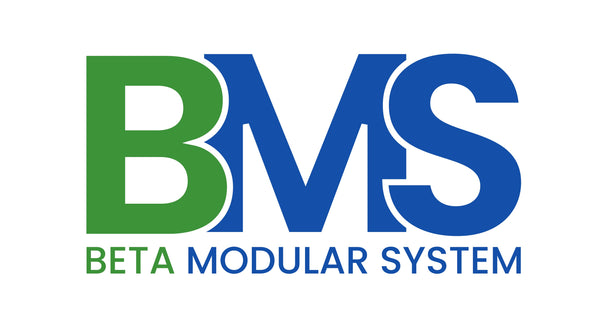Understanding Stainless Steel: 304 and 201 Grades
Introduction
In our production, we exclusively use 304 and 201 grade stainless steel, avoiding lower nickel and chromium content steels such as 430 and galvanized metal. This approach minimizes the likelihood of corrosion, but maintaining a strict cleaning schedule is essential to ensure the longevity of any stainless steel product. Unlike regular steel, stainless steel does not rust in the typical sense with red oxide flakes; instead, corrosion usually results from contaminants settling on the surface.
Characteristics of 304 and 201 Grade Stainless Steel
304 Grade Stainless Steel
- Composition: Contains 18% chromium and 8% nickel.
- Corrosion Resistance: High resistance to corrosion and oxidation due to its higher chromium and nickel content.
- Applications: Widely used in kitchen appliances, food processing equipment, and chemical containers.
- Durability: Excellent durability and strength, suitable for both indoor and outdoor applications.
201 Grade Stainless Steel
- Composition: Contains 16-18% chromium and 3.5-5.5% nickel, with higher manganese content.
- Corrosion Resistance: Good resistance to corrosion but slightly less than 304 due to lower nickel content.
- Applications: Often used in kitchen utensils, restaurant equipment, and automotive trim.
- Cost-Effectiveness: More economical than 304 grade, offering a balance between cost and performance.
Avoiding Lower Quality Steels
430 Grade Stainless Steel
- Composition: Contains 16-18% chromium and very low nickel content.
- Corrosion Resistance: Lower resistance to corrosion compared to 304 and 201 grades due to minimal nickel content.
- Applications: Typically used in less demanding environments such as indoor appliances and decorative trim.
Galvanized Metal
- Composition: Regular steel coated with a layer of zinc to prevent rust.
- Corrosion Resistance: While the zinc layer provides initial protection, it can wear off over time, leading to rusting of the underlying steel.
- Applications: Commonly used in construction and outdoor structures but not ideal for environments requiring high corrosion resistance.
Importance of a Strict Cleaning Schedule
-
Regular Cleaning: Regularly clean stainless steel surfaces with mild soap and water to remove dirt, grease, and contaminants. This prevents buildup that can lead to corrosion.
-
Avoid Harsh Chemicals: Use non-abrasive cleaners specifically designed for stainless steel. Avoid using bleach or other harsh chemicals that can damage the protective chromium oxide layer.
-
Thorough Rinsing: After cleaning, thoroughly rinse the surface with clean water to remove any residue from cleaning agents.
-
Drying: Wipe the surface dry with a clean cloth to prevent water spots and mineral deposits, which can lead to staining and corrosion.
-
Polishing: Periodically polish stainless steel surfaces to maintain their shine and reinforce the protective layer. Use stainless steel polish or a mixture of vinegar and olive oil for a natural alternative.
-
Inspect Regularly: Regularly inspect stainless steel surfaces for signs of contamination or damage. Early detection allows for prompt cleaning and maintenance, preventing long-term corrosion issues.
Conclusion
Using high-quality 304 and 201 grade stainless steel in production ensures better corrosion resistance and durability compared to lower-grade steels such as 430 and galvanized metal. However, adhering to a strict cleaning schedule is critical to maintaining the longevity and appearance of stainless steel products. By understanding the specific requirements of stainless steel maintenance and implementing regular cleaning practices, you can effectively prevent corrosion and ensure your stainless steel products remain in excellent condition for years to come.
